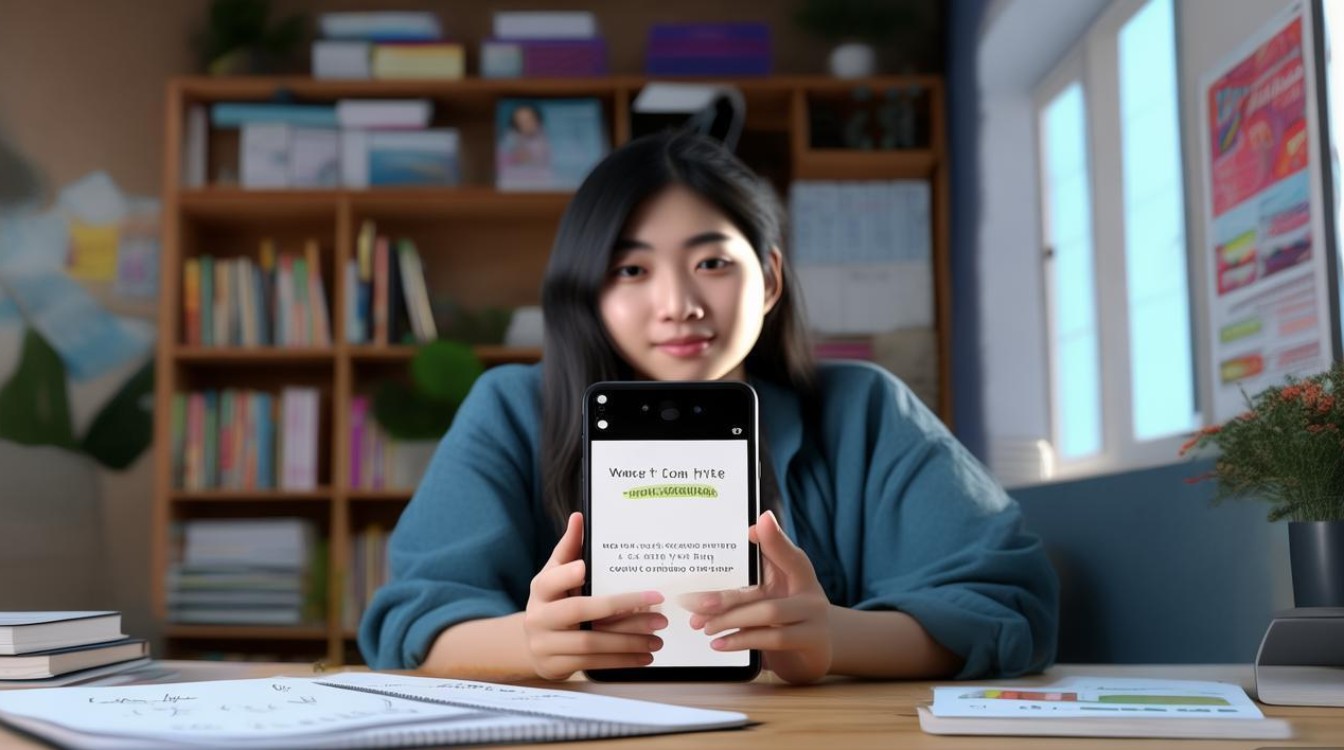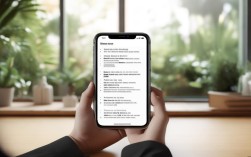在雅思口语考试中,"cellphone"是一个高频且贴近生活的话题,涉及科技影响、社交习惯、个人依赖等多个维度,探讨这一主题时,需结合具体场景与个人经历,展现逻辑性与思辨能力,同时注意用词准确与表达自然。

Cellphone in Daily Life: A Double-Edged Sword
Cellphones have seamlessly integrated into modern existence, evolving from mere communication tools into indispensable companions. For雅思口语考生,这一话题不仅考察语言运用,更需展现对科技与社会关系的思考,以下从功能、影响及个人经历三个层面展开分析。
Multifunctional Beyond Calls
当代手机早已超越“通话”的基本功能,成为集信息获取、娱乐、支付、学习于一体的终端设备,根据Statista 2025年数据,全球平均每人每天使用手机超过3小时,其中社交媒体(如Instagram、微信)占比35%,视频娱乐(如YouTube、TikTok)占28%,其余用于在线购物、移动支付等。
| 主要功能 | 具体应用 | 使用频率(%) |
|---|---|---|
| 社交沟通 | 微信、WhatsApp、Instagram | 45 |
| 信息获取 | 新闻APP、搜索引擎(百度、Google) | 20 |
| 娱乐休闲 | 短视频、游戏、音乐 | 25 |
| 生活服务 | 移动支付、外卖、导航 | 10 |
在描述“用手机学习”时,可具体提及:“I often use my cellphone to access language-learning apps like Duolingo. The interactive exercises and progress tracking make it easier to practice vocabulary during commutes.” 这种细节化的表达能显著提升回答的生动性。
Social Impact: Connection or Isolation?
手机对社交的影响具有两面性,即时通讯软件打破了地理限制,让远距离关系得以维系——比如通过视频通话与海外亲友保持联系;过度沉迷手机可能导致“线下疏离”,如家庭聚会中各自刷屏的现象。
雅思口语中可对比观点:“While cellphones facilitate instant communication, they sometimes reduce face-to-face interactions. For instance, I’ve noticed friends preferring to text during meals instead of chatting, which weakens real connections.” 这种辩证分析能体现思维的深度。
Personal Experience: From Dependency to Balance
谈及个人经历时,需结合具体故事,可描述手机依赖的困扰及改进措施:“Last year, I struggled with checking my phone every 10 minutes, which distracted me from studies. To address this, I set ‘digital detox’ hours—no phones after 10 PM. This not only improved my focus but also helped me sleep better.”
此类经历不仅能展示语言组织能力,还能传递积极价值观,符合雅思口语“真实且有启发”的要求。
FAQs
Q1: How has cellphone usage changed among young people over the past decade?
A1: Over the past decade, young people’s cellphone usage has shifted from basic communication to multifunctional integration. Previously, calls and texts dominated; now, social media, short videos, and mobile gaming are more prevalent. Additionally, smartphones have become essential for education—online classes, e-books, and research tools are now accessed primarily via phones. However, concerns about screen time and mental health have also grown, leading to a rise in “digital minimalism” trends among Gen Z.
Q2: What are the advantages and disadvantages of allowing children to use cellphones?
A2: Advantages include enhanced connectivity (easier to contact parents for safety), access to educational resources (e.g., learning apps), and development of digital literacy. However, disadvantages are significant: prolonged screen time may harm eyesight and sleep quality, exposure to inappropriate content is a risk, and over-reliance on phones may reduce face-to-face social skills. Parents can mitigate these issues by setting time limits, using parental control apps, and encouraging offline activities.











